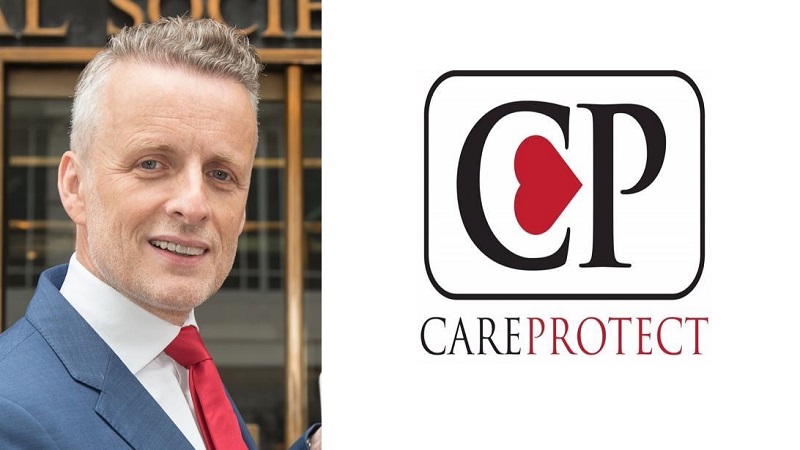Why is the care sector not following other business sectors and embracing all aspects of technology to improve its offering? This is a question I have been asking myself more and more lately. Do I work in a sector that is burying its head in the sand and failing to face up to its responsibilities to safeguard service users?
It is a fact that the vast majority of care homes are compassionate environments where residents can feel safe and cared for; however, it is hard to ignore the number of reports hitting the headlines on individual cases of serious abuse, even in well-respected homes.
Shocking video footage showing carers physically and verbally assaulting or wilfully neglecting vulnerable people has proved vital in securing convictions and raising standards of care.
As a former nurse and home manager myself, I strongly believe that the use of independently monitored, smart, intelligent cameras is something that the sector needs to consider and debate, to safeguard both service users and staff.
In today’s world of very limited public sector and local authority finances to support the employment of more and more inspection personnel, and with a very significant increasing elderly demographic that will require long term care, technology has to be the answer to monitor care delivery on a 24/7 basis.
The use of cameras for monitoring purposes within a care setting is understandably an emotive subject, however new technologies and intelligent cameras can provide monitoring on an ‘events’ basis only and therefore still ensure individual privacies and liberties are respected.
Privacy concerns have naturally been raised whenever the use of cameras within care homes has been discussed, but such concerns should not override the need for an informed debate about technologies that can materially improve safeguarding for vulnerable people. These concerns can be addressed in a manner that will allow relatives and residents to have confidence in such a consent given system. It is also vital that any camera system operates independently of providers themselves, with third party trained health and social experts reviewing any events. Those Reviewers can use their experience and training to assess incident severity and recommend what action is required and in what time frame.
The Care Quality Commission as the leading regulator, should reflect on whether such systems would improve the quality of care residents receive and as a result if such systems should, in time, become part of a care home’s quality infrastructure. It is my profound hope that one day soon such systems will be an accepted part of a quality and safeguarding tool kit.
Care providers and commissioners should welcome technological advances and monitoring systems which boost confidence in the sector as a whole, drive up standards and protect both staff and service users.
It really is high time, and after thirty years of no real change in abuse and scandal patterns in the care sector, that new innovations were tried and tested to improve the safety and welfare of all those who receive care services.
Independent research from a number of different sources prove that the majority of people support using camera surveillance in the care sector.
We must therefore open a debate on the subject, with an open mind and a willingness to consider change.
Philip Scott is a trained nurse with both RGN and RMN qualifications, and also holds a Diploma in Nursing Development from Ulster University. Scott founded Care Protect in 2015, and his passion for driving standards across the health and social care sector led him to team up with surveillance and technology partners to design an innovative camera monitoring system.
To visit the Care protect website, click here



